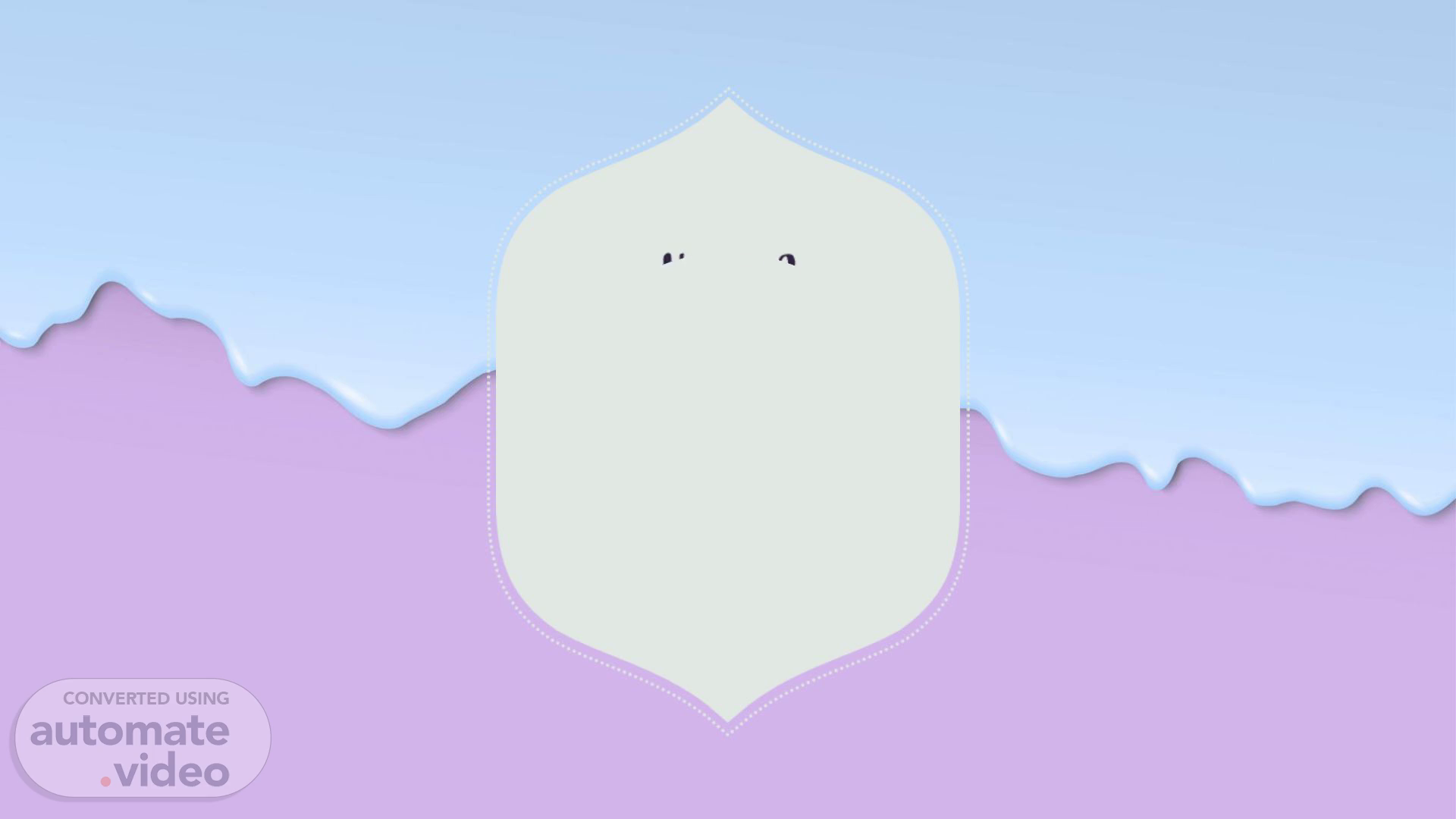
Unit 2 Economics Video
Scene 1 (0s)
Unit 2 Economics Video By Nina and Thristha
Scene 2 (3s)
Economics is the study of money and producers figuring out what to produce, how to produce, and for whom to produce. There are 4 economic systems, traditional, command, market, and mixed.
Scene 3 (18s)
Traditional Economy A traditional economy is an economy based on previous traditions and beliefs
Scene 4 (25s)
Command Economy A command economy is an economy where all economic decisions are controlled by the government.
Scene 5 (32s)
Market Economy A market economy is an economy where all economic decisions are made by the producers deciding what to produce and consumers deciding what to buy
Scene 6 (42s)
Mixed economy A mixed economy is an economy that is a mix of a market economy and a command economy. Every country is a mixed economy
Scene 7 (51s)
Line of Economic Continuum The line of economic continuum shows how command leaning or market leaning an economy is.
Scene 8 (59s)
Standard of Living The standard of living is the wealth and material comfort a person has
Scene 9 (1m 5s)
[Audio] The literacy rate of a country is a strong indication of its standard of living. When a nation's literacy rate increases, its opportunities for economic success also rise. Conversely, countries with lower literacy rates tend to be far less prosperous, both for individuals and their overall economies. Investing in improved literacy rates can create a more secure economic future for a country..
Scene 10 (1m 19s)
Gross Domestic Product (GDP) The GDP of a country is the amount of money a specific country makes per year
Scene 11 (1m 27s)
The GDP of Middle Eastern countries Israel at 488.5 billion US Dollars, Saudi Arabia at 833.5 billion US Dollars, and Turkey at 819 billion US Dollars.
Scene 12 (1m 43s)
Factors of Economic Growth The factors of economic growth include work, entrepreneurship, and human capital.
Scene 13 (1m 52s)
Natural Resources Natural resources are very important for a countries economy Natural resources include fruits, vegetables, oil, coal, and medals.
Scene 14 (2m 6s)
Human Capital Human capital is the skills possessed by workers
Scene 15 (2m 11s)
Capital Goods Capital Goods are tools that help workers and people do there job better
Scene 16 (2m 17s)
Entrepreneurship Entrepreneurship is when an individual is willing to take a risk to start a new business
Scene 17 (2m 24s)
Specialization Specialization is when an individual becomes an expert at a specific skill
Scene 18 (2m 31s)
Trade Trade is important for countries economies Trade helps buyers gain new products Trade helps sellers gain more money
Scene 19 (2m 42s)
[Audio] Trade Barriers are restrictions on imports to a country that come in three distinct forms; tariffs, quotas, and embargoes. Tariffs are taxes that are imposed on foreign goods, while quotas limit the amount of foreign products that can enter a country. An embargo is an absolute ban on all trade..
Scene 20 (3m 4s)
[Audio] OPEC's Four Goals are to coordinate and unify their policies, to secure fair and stable prices, to ensure an efficient, economic and regular supply of petroleum to consuming nations, and to guarantee a fair return on capital for those investing in the industry.
Scene 21 (3m 21s)
[Audio] Discussing cartels, they are a type of collaboration between manufacturers, suppliers, and other economic agents aimed to keep prices high and competition low. Such a formation can have a range of long-lasting effects, from constricting consumer choice to forming an unfair business environment in the marketplace. All of this is done to maximize prices and profits to the detriment of buyers..
Scene 22 (3m 47s)
[Audio] The values of currency exchange vary from country to country. For instance, one United States Dollar is equal to 3.75 Saudi Riyals, 28.71 Turkish Liras, and 3.74 Israeli Shekel. Moreover, one Saudi Riyal can be exchanged for one Israeli Shekel and 7.65 Turkish Liras, one Turkish Lira is equal to 0.13 Saudi Riyals and 0.13 Israeli Shekels, and one Israeli Shekel is the equivalent of 7.67 Turkish Liras and 1 Saudi Riyal..
Scene 23 (4m 24s)
[Audio] The economy of Israel is a mixed economy, combining free market principles to promote sustainable growth. According to the 2020 Index of Economic Freedom, Israel scores a 68.9% in terms of economic freedom, with trade and investment being the most free area. Technology has also been a major contributor to Israel's economy and development, making it highly advanced in this field..
Scene 24 (4m 52s)
[Audio] Turkey is an emerging economy with a wealth of potential. Human Freedom Index ranks Turkey 104th out of 162 countries with a score of 56.9, signifying the work the country has done to provide greater freedom for citizens. This ranking also exemplifies the country's economy, which is a mix of public and private sectors, as well as high-tech industries and traditional agriculture. With proper investments and focus, the future of Turkey's economy looks promising..
Scene 25 (5m 25s)
[Audio] We highlighted 3 facts about Saudi Arabia in this video. It is a mixed economy, combining private and public enterprise. It has a freedom score of 58.3 and is the largest economy in the Middle East. We hope this video was informative and has helped you gain a better understanding of Saudi Arabia's economy. Thanks for watching..